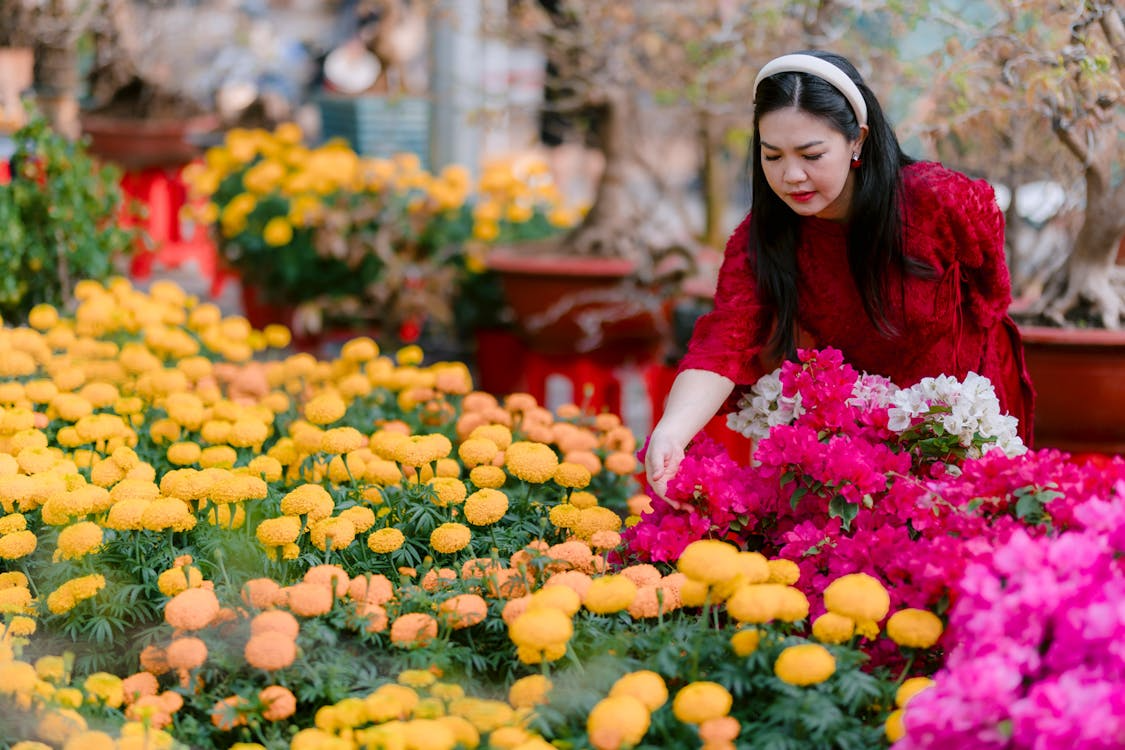Why Presentation is Crucial in Seasonal Sales
October 1, 2025

Seasonal sales are a lot like a big talent show. How? Well, think about Christmas, Easter, spring gardening season, all of these businesses are competing for the same spotlight; they have to get more stock inventory, unique items specifically to reel in customers. But from the customer’s point of view, this can feel magical. However, from the business side, though, it’s a high-pressure scramble to stand out.
But shops fill with displays, products are stacked high, and customers are faced with endless options. Who wouldn’t love that? But at the same time, it’s rarely the product itself that grabs attention first. It’s how it looks. People shop with their eyes long before they ever reach for their wallet.
Just think about this for a moment: a brilliant product can get overlooked if the display feels flat, while an ordinary product dressed up well can steal the show. The businesses that succeed in seasonal sales are the ones that treat presentation as part of the product itself.
Key Takeaways on Seasonal Sales Presentation
- First Impressions are Crucial: How you present a product instantly adds perceived value. A thoughtful presentation, like adding a ribbon to a candle, can make an ordinary item feel special and ready for gifting, influencing a customer’s choice immediately.
- Labels Do More Than Identify: Especially in seasonal retail, well-designed labels shape a product's appeal. They can frame an item as festive or premium, turning a common product like a poinsettia into a standout purchase by creating an emotional connection.
- Presentation is a Core Strategy: Treating your product presentation as a last-minute addition is a mistake. It should be a fundamental part of your sales strategy to differentiate your brand and convince customers that you offer more value than the competition.
- Displays Create Memorable Experiences: Effective in-store displays do more than just showcase products. They create an atmosphere that stops customers, encourages them to stay longer, and inspires impulse buys, making your shop a memorable destination.
Register Your LLC
Company Registration
START NOW
First Impressions Always Count
While yes, it’s true businesses already know this, it’s more about the amount of detail. So, just go ahead and picture walking into a shop in December. One display offers plain candles with a simple sticker on top. Right next to it, another stand has the same type of candle, but it’s tied with ribbon, comes with a little care card, and looks like it’s ready to be gifted. As a customer, what would you gravitate towards?
Well, you already know which candle a customer is more likely to buy. Overall, the presentation adds value instantly because it makes the product feel thoughtful and ready-made for gifting.
How Labels Shape Seasonal Appeal
Seasonal shopping is often about gifting, but even personal purchases can feel more special when the product is considered. Actually, a great example would be in horticultural retail, because labels do a lot of heavy lifting here. Okay, but how so? Well, they don’t just identify the plant, sure, that part is major, of course, but they also set the tone, suggest how it fits into the season, and even make the product feel gift-ready.
Go ahead and take poinsettias as an example. They’re a holiday staple, affordable, and available just about everywhere in December. So how do you make yours stand out from the dozens on the market? Well, with a presentation that goes beyond the basics. While sure, ribbons and wrapping help a lot, it’s usually the design-led extras like bespoke plant labels that instantly elevate a product. Just think about it for a moment; having a well-designed label doesn’t just name the plant, it frames it as festive, premium, or unique.
It shows there’s a lot of thought put into selling the plant and into buying it, too. But overall, these small design touches create an emotional connection, making the purchase more enjoyable while showing there’s intention behind the product, and that’s what turns ordinary plants into seasonal bestsellers.
Presentation is a Strategy
Dressing up products isn’t just about adding cute extras at the last minute. Better yet, this isn’t something that should be considered at the last minute either; rather, it should be part of a bigger strategy. Presentation is how you differentiate your products in a crowded market. The more thought you put into it, the easier it is to convince customers that your brand offers more than the competition.
Displays can Create Experiences
Seasonal sales aren’t just about what’s on the shelves, but they’re about how it all feels when customers walk through the door. There’s a reason people still prefer to go out shopping rather than just buy from the comfort of their couch on their phone. There’s magic to retail shopping during the holiday season, and the right display can stop people in their tracks, encourage them to linger, and inspire impulse purchases they hadn’t planned. That little moment of experience is often what makes your store memorable, long after the shopping trip is over.
FAQs for Why Presentation Matters Most in Seasonal Sales
Why is presentation so important during seasonal sales?
Presentation is critical because customers often shop with their eyes first. In a crowded seasonal market, how a product looks can be the deciding factor that grabs attention, communicates value, and makes your item stand out from nearly identical competitor products.
How can something as small as a label impact sales?
A well-designed label does more than just provide information. It sets a tone, suggests a seasonal use, and can make a product feel premium or gift-ready. This small detail elevates the entire product, creating an emotional connection that turns an ordinary item into a desirable one.
Is good presentation just about making products look nice?
Not at all. It's a powerful business strategy. Good presentation is how you differentiate your offerings in a competitive environment. It's a way to communicate quality and thoughtfulness, convincing customers that your brand provides superior value.
How can our business improve its seasonal presentation?
Focus on the details that create a complete experience. Think about gift-readiness with ribbons or bespoke tags, use high-quality labels to tell a story, and create in-store displays that are immersive. Planning your presentation with a partner like Storific can ensure it's a strategic part of your sales plan, not an afterthought.
Can a great display really lead to more sales?
Absolutely. A compelling display creates a memorable in-store experience. It can stop shoppers in their tracks, encourage them to browse longer, and inspire impulse purchases they hadn't planned, directly contributing to higher sales and brand recall.

